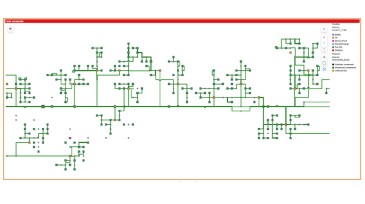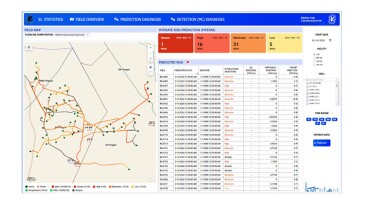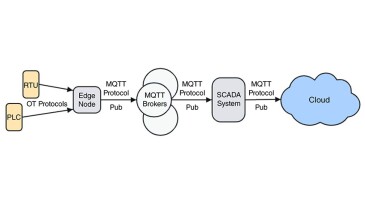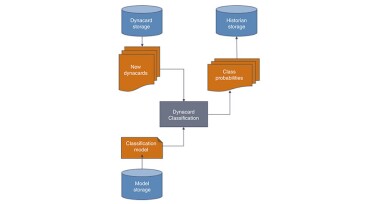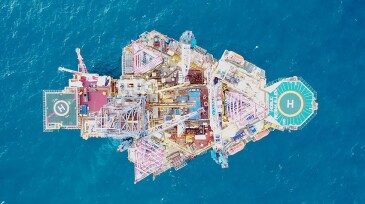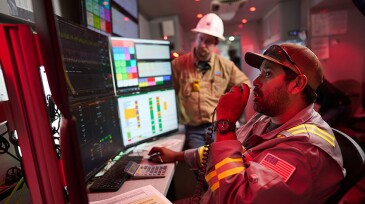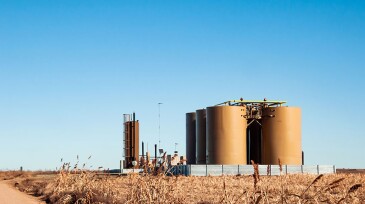data analytics
-
This paper explains that the discovery of specific pressure trends, combined with an unconventional approach for analyzing gas compositional data, enables the detection and prediction of paraffin deposition at pad level and in the gathering system.
-
This paper discusses a comprehensive hybrid approach that combines machine learning with a physics-based risk-prediction model to detect and prevent the formation of hydrates in flowlines and separators.
-
This paper presents a closed-loop iterative well-by-well gas lift optimization workflow deployed to more than 1,300 operator wells in the Permian Basin.
-
This paper explores the use of machine learning in predicting pump statuses, offering probabilistic assessments for each dynacard, automating real-time analysis, and facilitating early detection of pump damage.
-
Digitalization and advanced analytics have enabled drilling automation that is changing the way wells are executed to deliver more production earlier.
-
Oil and gas experts encourage human/AI partnerships that can “supercharge” capabilities to create competitive advantages.
-
While new imaging capabilities are rejuvenating old data so explorers can discover hydrocarbons, finding and developing reserves is increasingly complicated.
-
The companies are joining forces to work on large-scale industrial data collection across TotalEnergies’ operational sites, aiming to use continuous, real-time data collection to optimize performance.
-
This research developed a clear framework for assessing and selecting fit-for-purpose software. The study focuses on the role of a data-driven approach in the decision process, with application to operational software systems in the oil and gas industry.
-
As carbon capture scales up worldwide, the real challenge lies deep underground—where smart reservoir management determines whether CO₂ stays put for good.
Page 1 of 13

